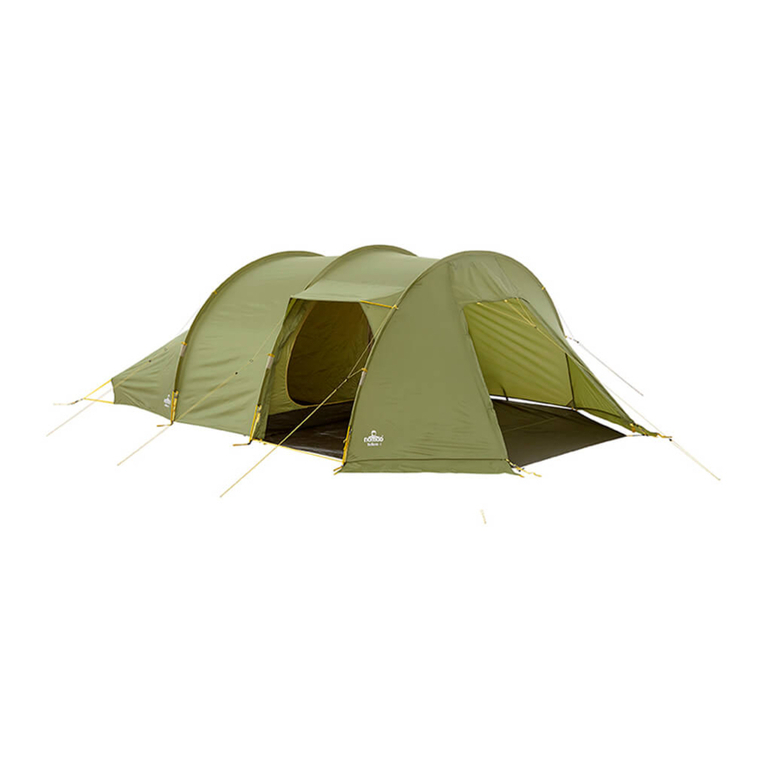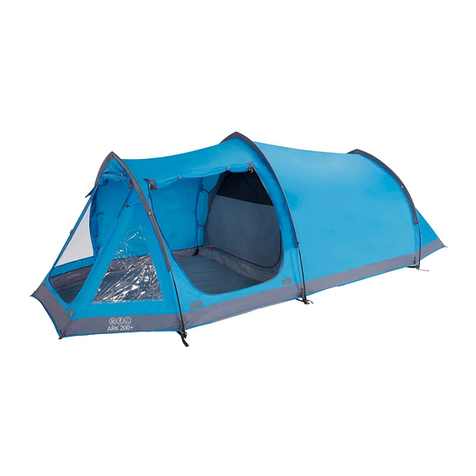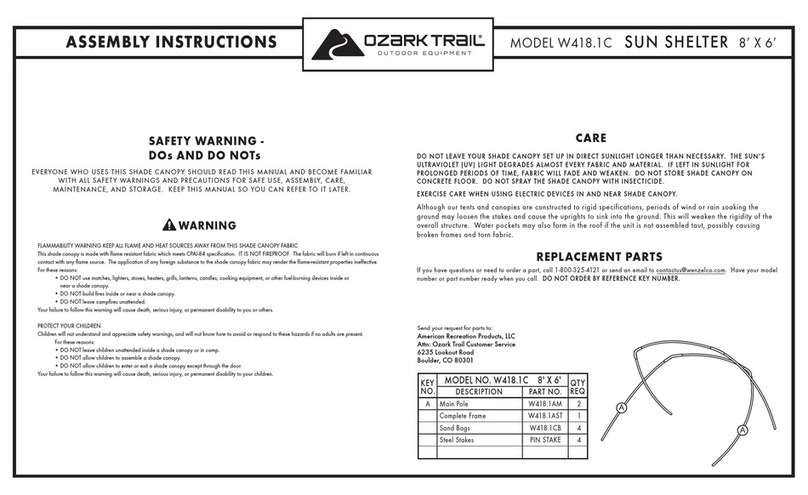RioOutdoors 6P-SH User manual




















Table of contents
Other RioOutdoors Tent manuals

RioOutdoors
RioOutdoors 4S-DH User manual

RioOutdoors
RioOutdoors 6F-DC User manual

RioOutdoors
RioOutdoors 6S-WDC User manual

RioOutdoors
RioOutdoors 4P-DH User manual

RioOutdoors
RioOutdoors 4F-DC User manual

RioOutdoors
RioOutdoors 6F-DH User manual

RioOutdoors
RioOutdoors 4F-QH User manual

RioOutdoors
RioOutdoors 6S-QH User manual

RioOutdoors
RioOutdoors 6S-DH User manual
Popular Tent manuals by other brands
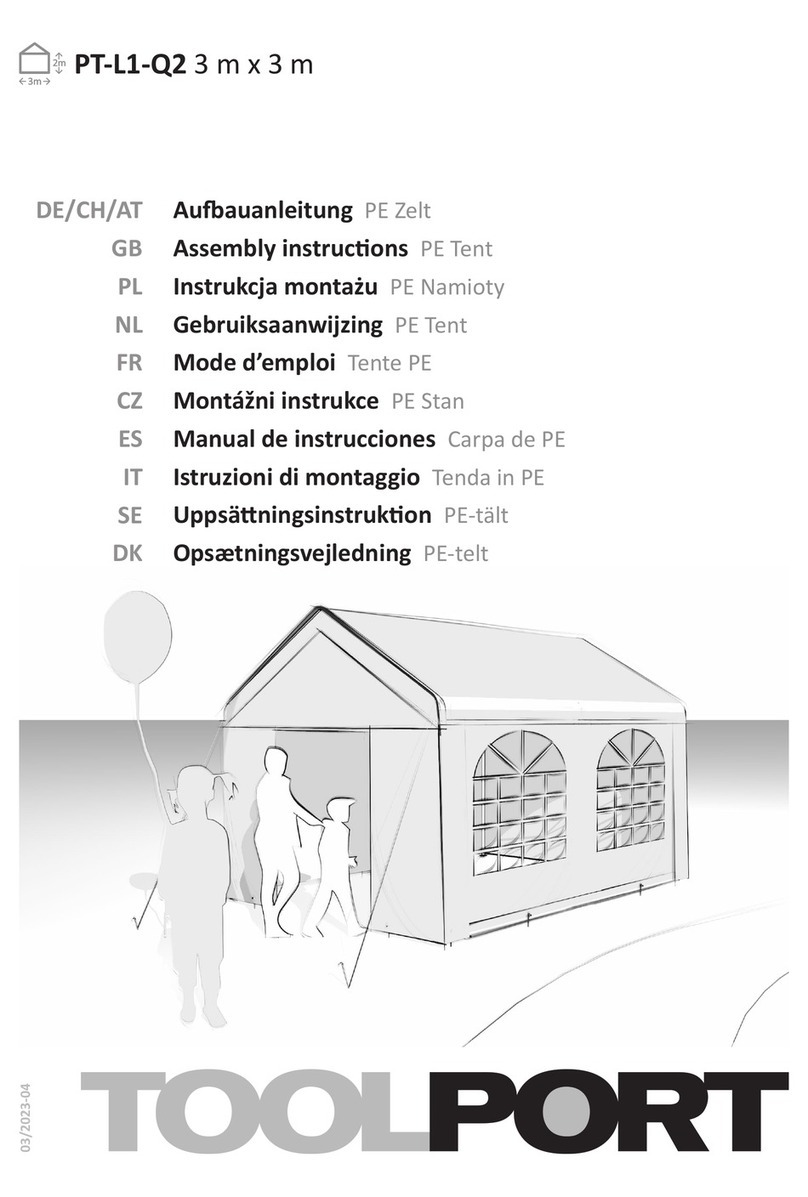
toolport
toolport 91101 Assembly instructions

Stabilezelte
Stabilezelte Giant Pro PVC 5m Series Assembly instruction

for Living
for Living Cambrian Pergola A106000520 Assembly instructions

COVERPRO
COVERPRO 59707 Owner's manual & safety instructions

Vango
Vango UNIVERSAL SIDE AWNING LARGE Pitching instructions
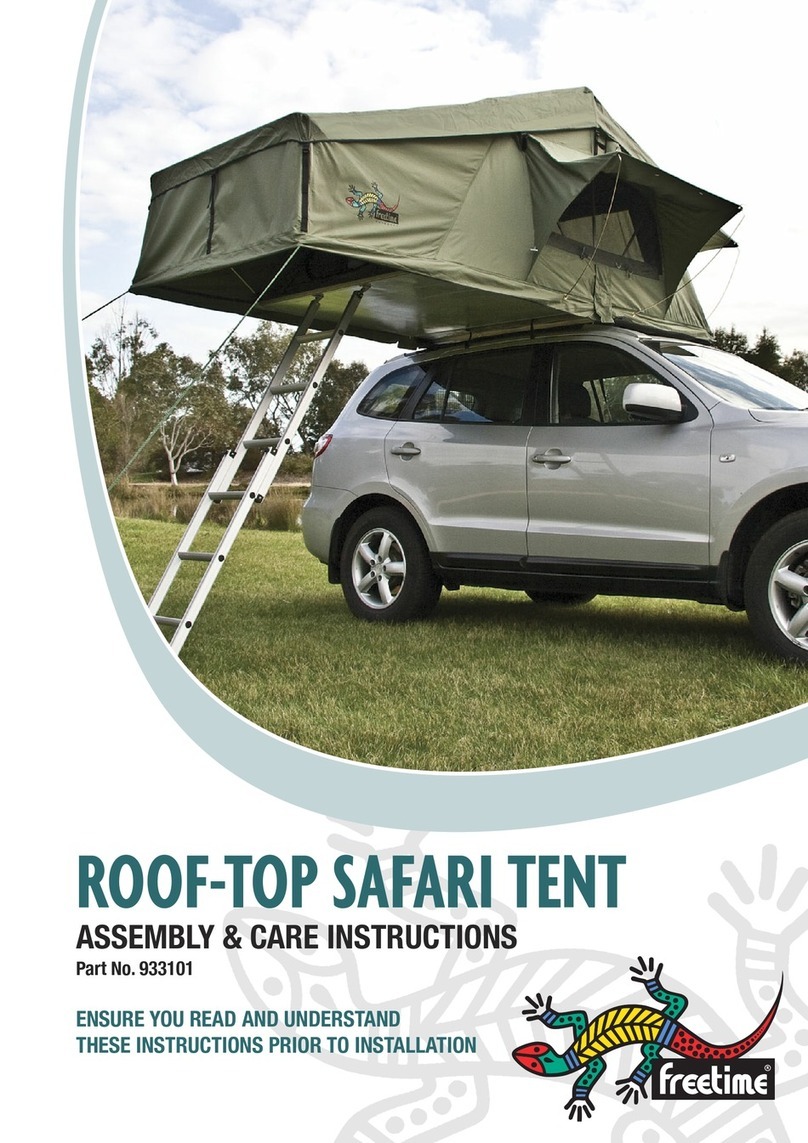
Freetime
Freetime 933101 Assembly & care instructions
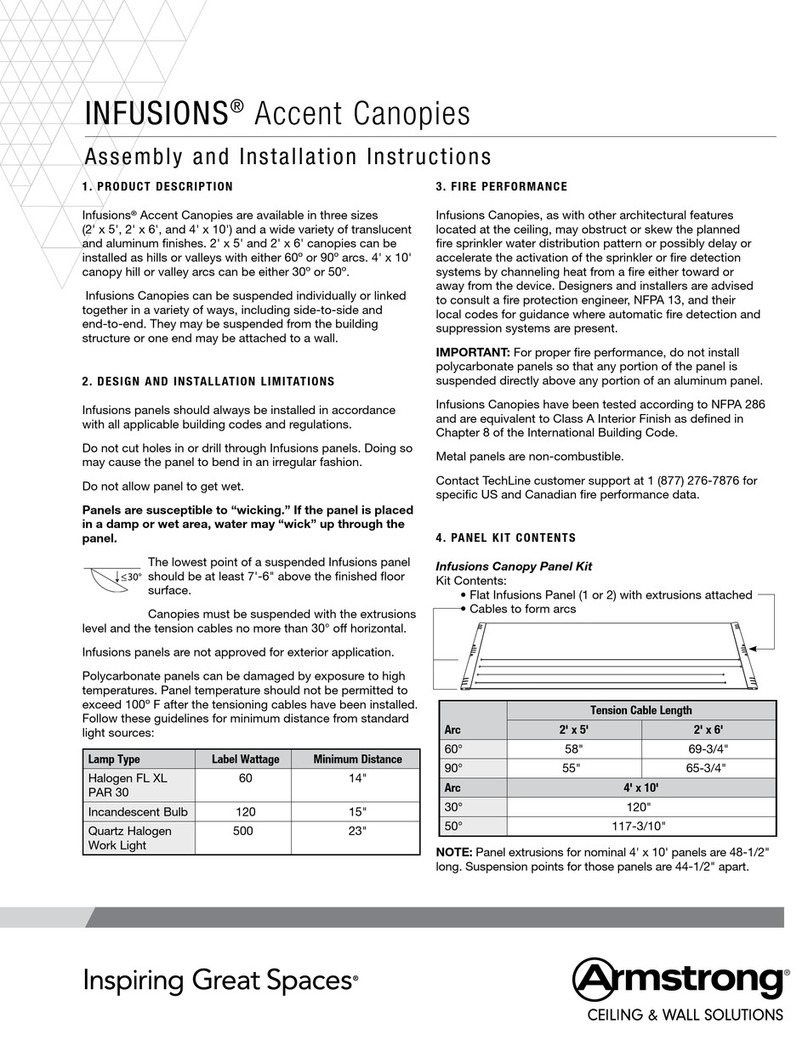
Armstrong
Armstrong INFUSIONS Accent Canopies Series Assembly and installation instructions
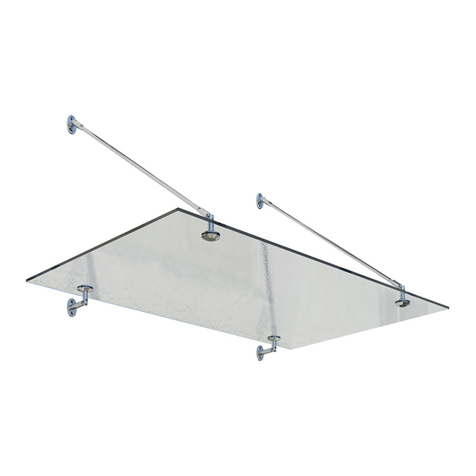
Palram
Palram Taurus 1400 manual

Dancover
Dancover Tentzing Explorer Series manual
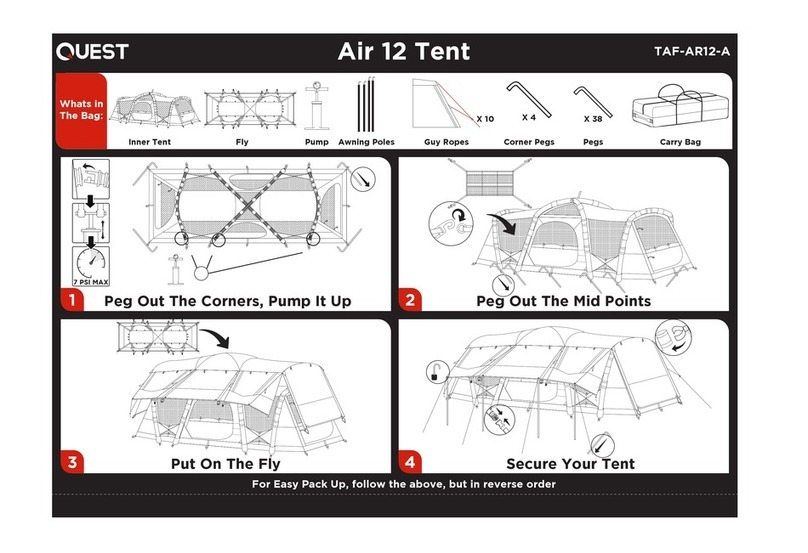
Quest Engineering
Quest Engineering Air 12 quick start guide

LifeSpan Kids
LifeSpan Kids KOKO owner's manual

Otter
Otter XT X-Over Resort Installation and setup instructions
